X Email Mobile
| EXW Price: |
|
|
Yiwu Huanyin LTD 4yr. |
|
| Main Products: |
pajama, cosmetic bag, scissor, plate, balloon, shoe rack, tableware, doll, baby toy, plush toy |
| Contacts: | bellaChat |
| Mobile: | 86-13738930499 |
| WhatsApp: | +8613738930499 |
| WeChat: | 13738930499 |
| Address: | No. 118, Danxi Avenue, Lanjiang Street, Lanxi city, Jinhua city, Zhejiang province |
Packaging information
CTN Size: 47 × 31 × 37 cm
G.W./CTN:15 kg
QTY/CTN:280 piece/carton
Invoice Note: The prices of our store's goods do not include tax. If you need to open an invoice, please add tax points. If you need to consult the customer service!
Ren.
Product Parameters:
Product Name: Car Charger
Input: DC 12-24V
Output: Constant Current Stable Voltage DC4.2V 500mA
DC output line: 0.2 meters soft-packaged cable
DC plug: Metal part outer diameter 3.5mm*10mm, hole core inner diameter 1.35mm
Dimensions: Length 70mm * Width 20mm * Height 20mm
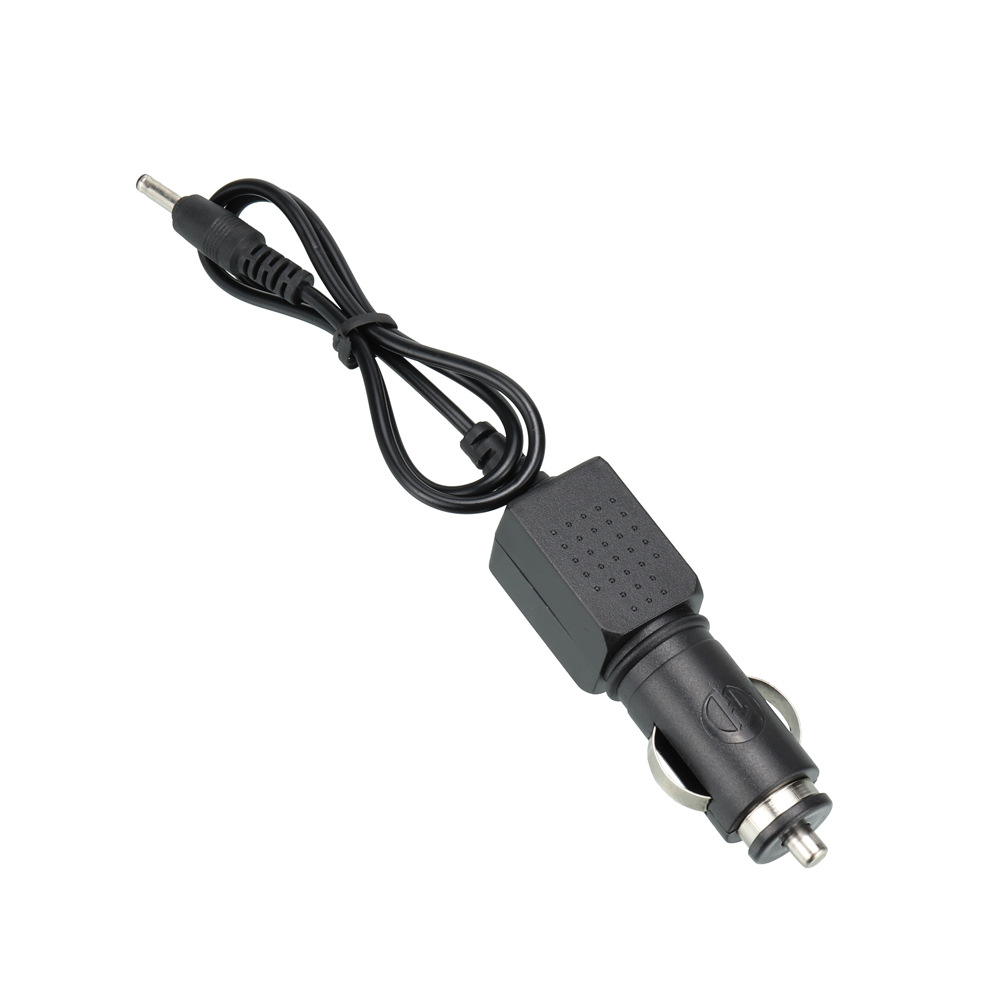
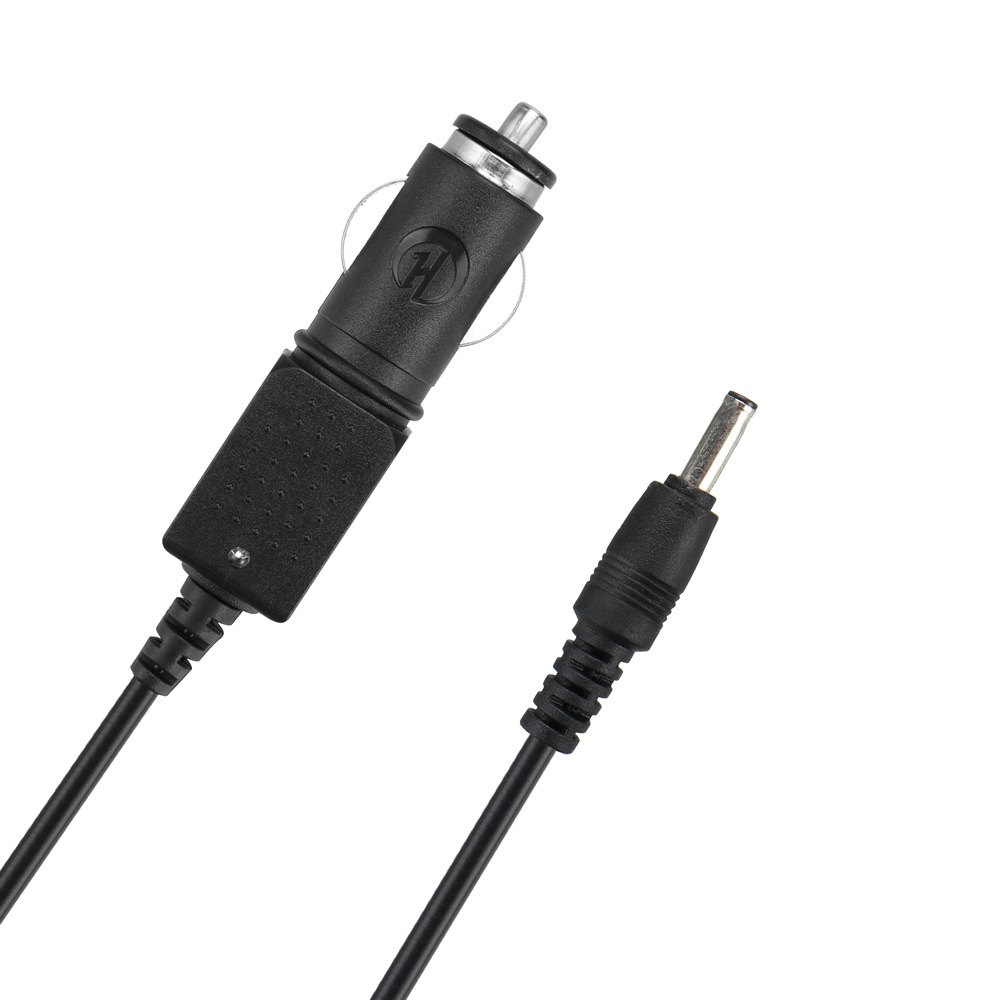
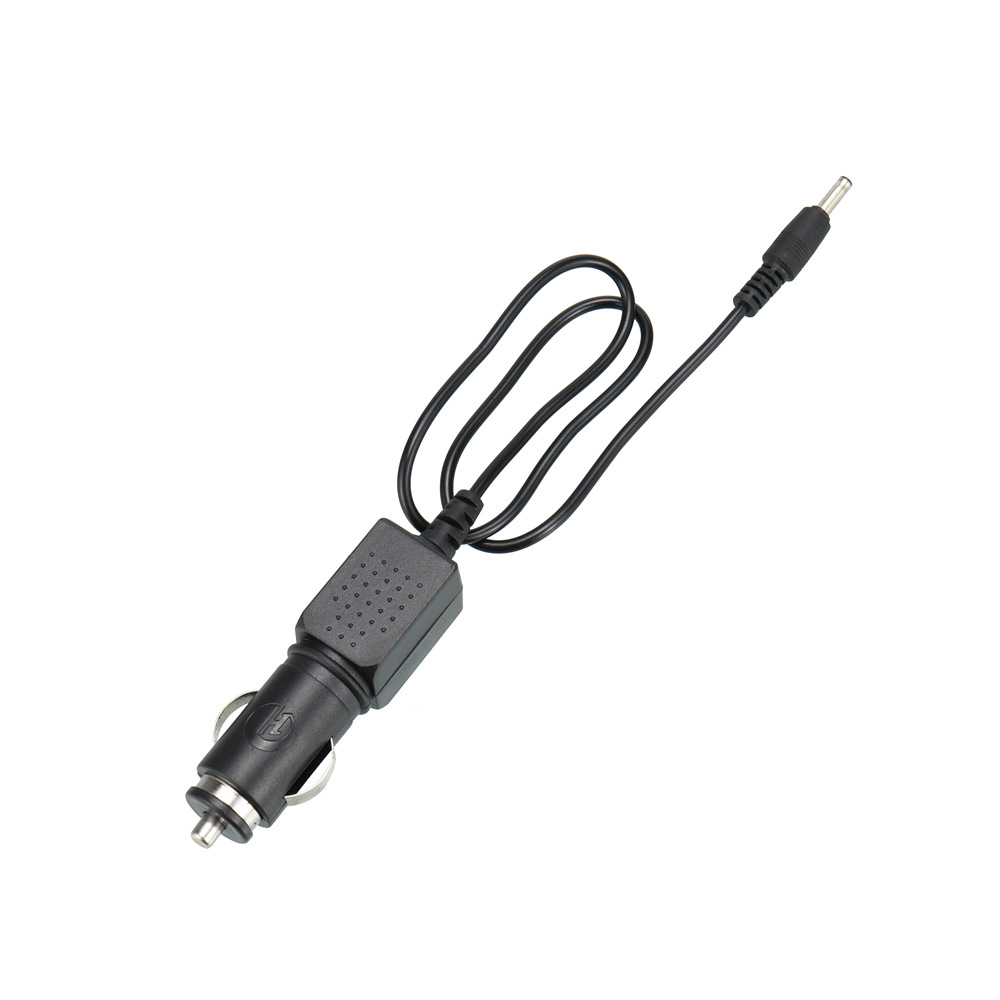
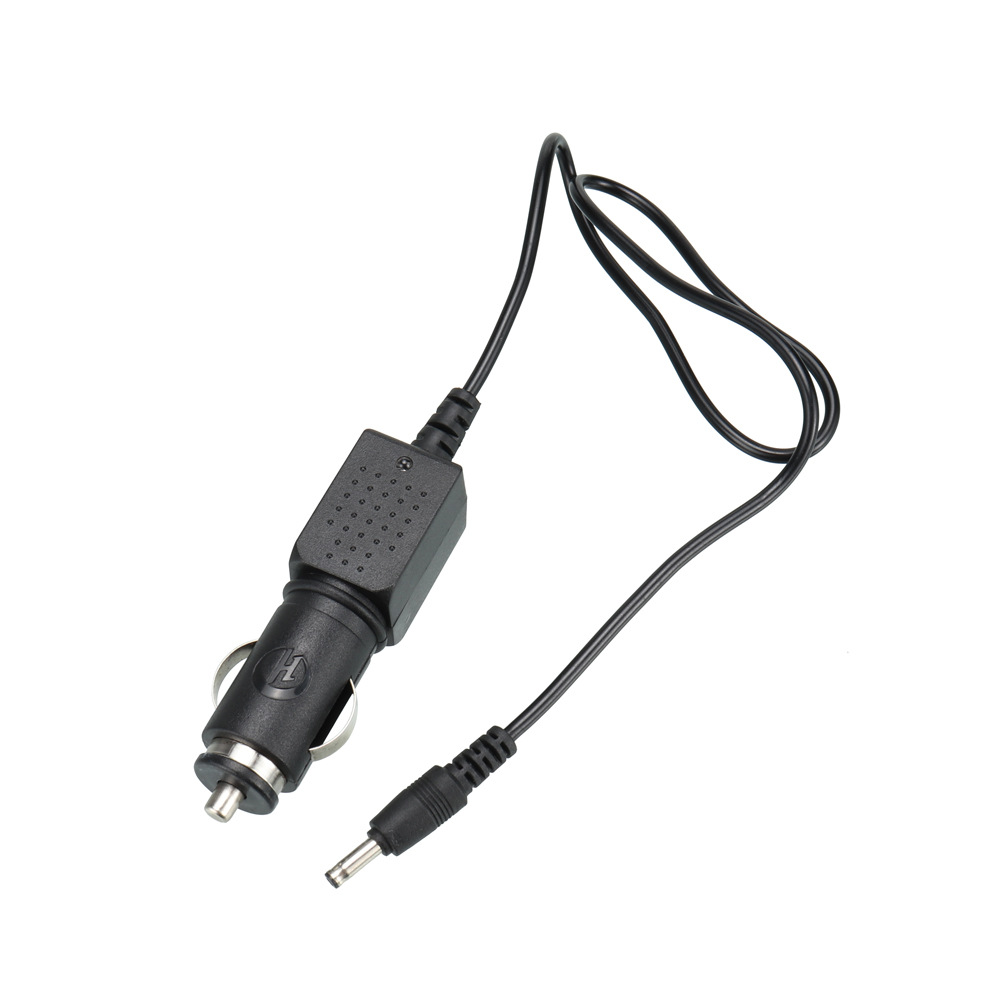
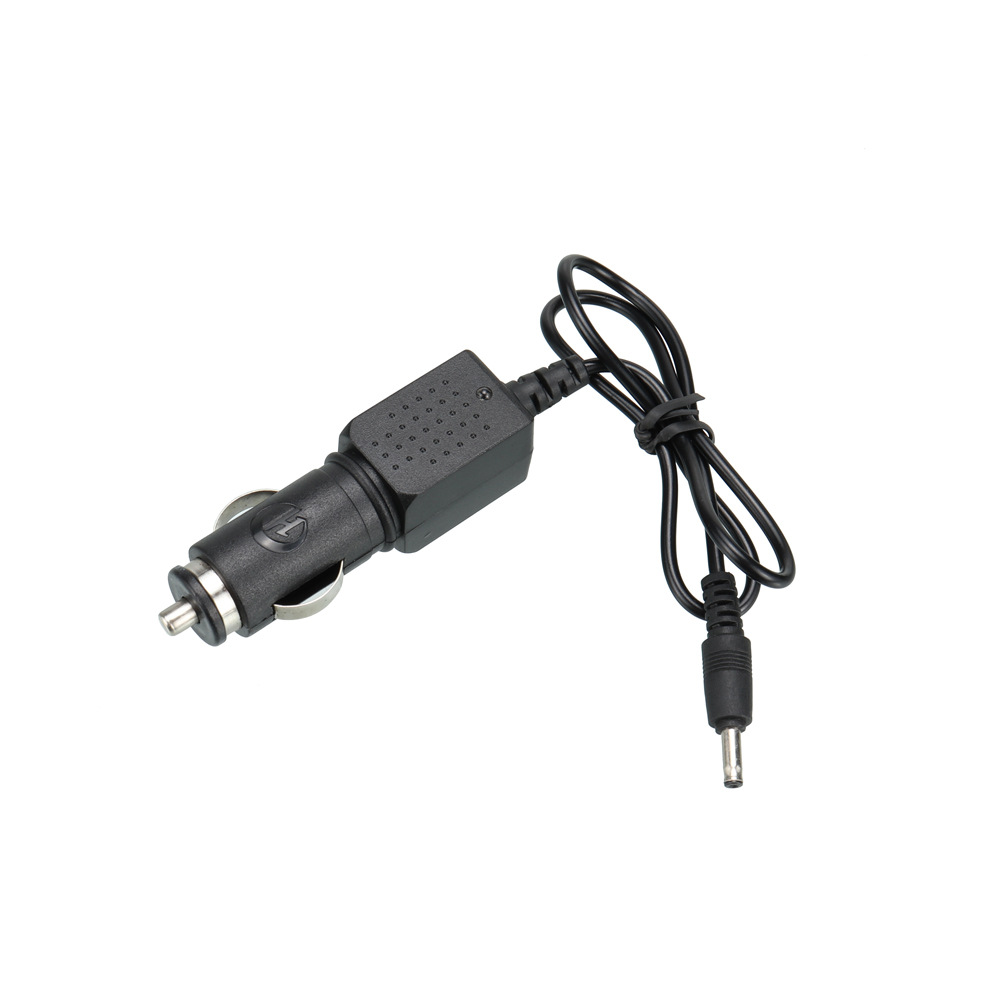
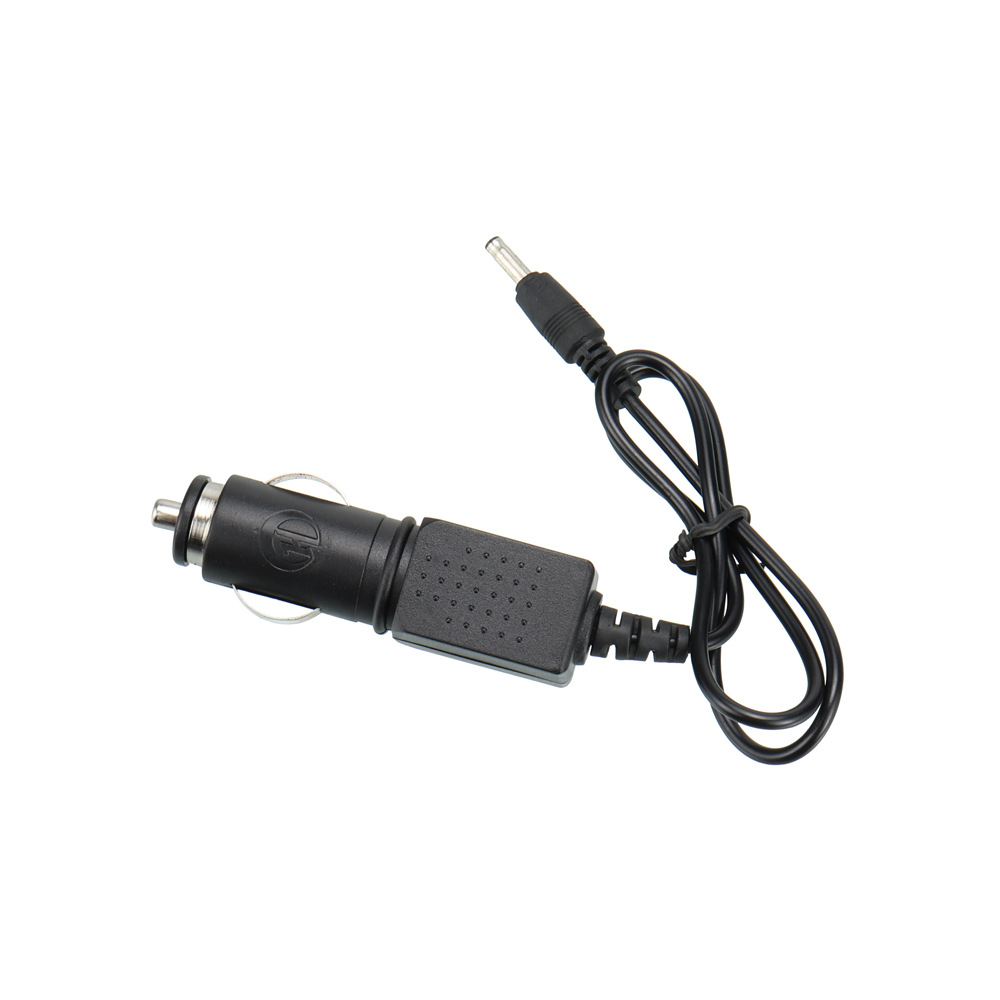
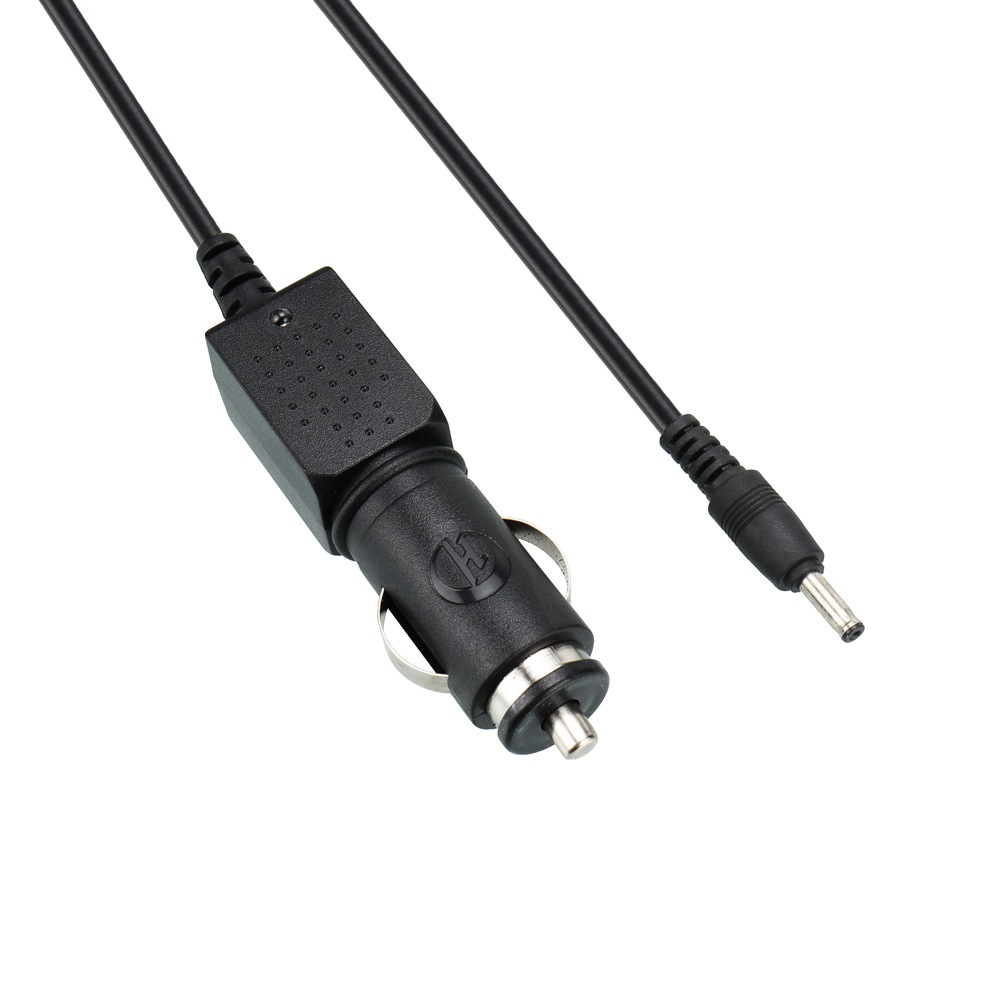
Instructions for Using a High-Intensity Torch
1. Switch Usage Instructions
1. The battery is positioned with the positive terminal facing in (towards the bulb end) and the negative terminal facing out (towards the tail end).
2. The switch is located at the tail, and the switch function is the same as the safety switch. Pressing lightly on the switch is the dimming function.
Section 2: Circuit Board Usage Instructions
1. The flashlights in our store adopt advanced voltage stabilization and constant-current technology, which can effectively meet the requirements of LED flashlights for voltage stabilization and constant-current.
2. Special Notes: a. Please do not use the product under excessive pressure; the voltage should not exceed 4.2V. b. Ensure that the positive terminal of the battery is facing forward; do not reverse it, or the board may be damaged. c. Pay attention to the changes in the temperature of the flashlight to ensure proper heat dissipation. d. Please do not open the circuit board unless you are a professional.
3. Warranty Statement: The warranty does not cover opened or handled circuit boards.
Section 3: Lithium Battery Usage Instructions
1. Most flashlight batteries are mainly 18650 and 16340 lithium batteries.
2. Features of Lithium Batteries: Lithium batteries have a completely different charging method from mobile phone batteries; Lithium batteries have no memory effect, and they can be charged at any time, but they should not be overcharged or overdischarged.
3. The first charge should last at least 6 hours, and after that, it's enough as long as the charger's green light turns on. There's no need to overcharge.
4. The natural discharge rate of lithium batteries is approximately 1% or less per day when not in use, although it is slow, it is necessary to prevent the battery from being left for too long.
5. Note the battery's waterproof, dustproof, and shockproof features.
6. Special Note: Use a "Three Defense" charger with overcharge protection, reverse connection protection, and short circuit protection.
7. If the battery is not used for a long time, it should be fully charged and stored. It is recommended to charge and discharge it again every three months or so.
8. Warranty Statement: The battery is not covered by warranty after it leaves the factory.
Section 4: Instructions for Using Torches
1. When using the flashlight, choose it based on the requirements of the flashlight for voltage and batteries. Do not use it randomly to prevent burning out the circuit board. Do not use batteries of different models and voltages at the same time.
2. When using the flashlight, turn it off if the brightness significantly changes to prevent the battery from being over-discharged.
3. Heat dissipation tips: Ensure heat dissipation during the use of the flashlight. It is strongly recommended to start with the second level when the battery is fully charged to extend the life of the flashlight head and the battery! Holding the flashlight tightly is a good way to dissipate heat; it is recommended to turn off the flashlight in time according to the heat of the flashlight, wait for the temperature to drop, and then turn it on to dissipate heat.
4. For the explanation of the flashlight's waterproof and shockproof features, strengthen precautions.
5. The inner wall of the lamp cup should be kept clean and should not be wiped with the hands or hard objects; to clean the fingerprints on the lens, use a cotton swab dipped in lens cleaner to gently wipe.
6. Do not direct the flashlight beam into someone's eyes, especially children, to avoid affecting their vision.
7. If you do not use the flashlight for a long time, please remove the batteries (one month or longer), to avoid chemical corrosion.
Section 5: Protection Instructions
1. Do not leave the flashlight in direct contact with sunlight, water, chemicals, or corrosive gases for a long time, to avoid damaging the protective layer of the flashlight.
2. To ensure the smooth rotation of the O-ring and thread, apply Vaseline oil to its surface every 2-3 years.
Section 6. Troubleshooting and Maintenance
1. Check the battery: Ensure that the battery is charged and installed in the correct direction. Do not use batteries from different brands, and do not mix new and old batteries.
2. Check the tail cover: Ensure that the switch is tightened and in good contact, and that the metal contact between the tail cover's copper column and the press ring is good.
3. Check if the bulb base is loose.
Common Misconceptions in the Selection of Torches
Misconception 1: Brightness is not always better
To enhance the brightness of a flashlight, one method is to improve the design from the bulb to the reflector, the battery, and the main board. International brand and domestic brand products have undergone rigorous design and testing to ensure long service life and safety.
Method two is to increase the voltage and current to achieve: the heat generated by overclocking is sufficient and huge, as the two are not matched, leading to frequent burning of the light head and the lithium battery often overdischarging, which can only light for a few minutes and often requires maintenance.
Misconception 2: Being Misled by False Parameters
Many sellers intentionally or unintentionally inflate the lumen values.
Misconception 3: The reflective surface of orange peel may not necessarily be better than the smooth surface.
The reflective efficiency of the orange peel-textured reflector is lower than that of the smooth surface, and it can be found that most high-power searchlights on the market use smooth surface reflectors because of their high reflective efficiency and long range. So, why do most tactical flashlights use orange peel-textured reflectors? The reason is simple: to achieve a perfect light spot. Because the bulbs we usually use have filaments, and the light spot reflected by the reflector is just the projection of the filament, which is similar to the principle of image formation of a convex lens. This way, the light spot is a clear filament, which is not attractive. We should pay more attention to the actual performance when looking at the parameters!
The flashlights sold by our store are truly labeled with their brightness, have long battery life, pure and transparent light color, and excellent focusing effect! They are excellent auxiliary tools for work, outdoor sports, and more!
The advantages of this flashlight: compact size and light weight, convenient to carry, durable and robust, equipped with all-weather functionality, strong light, long direct distance, adjustable between strong and weak light, strong light for long-distance use, weak light for close-up shots, and an emergency strobe light. The top is designed with titanium oxide alloy to strengthen the impact resistance, which can be used as a substitute for a safety hammer in an emergency to break the window for escape.
【FAQ】
Question: Do I need to charge it first before using it?
Answer: Please use it first, and when the flashlight's light becomes dim, charge it for 4 hours and then use it again. Lithium batteries are most afraid of overdischarge, so please develop the habit of charging regularly.
Question: What should I do if the light bulb breaks?
Answer: If the lamp fails, you can contact us for a refund or exchange.
Question: What is lithium-ion battery overdischarge?
Answer: If the brightness significantly decreases and you continue to use it, the battery damage will be caused, even if it is activated professionally, the battery capacity will significantly decrease. Therefore, please pay attention to the maintenance of the battery in regular times, and charge more often.
Useful Tips for High-Intensity Torches
Do not disassemble the lamp head frequently, or it may cause damage to the reflector or the bulb.
Care and Maintenance Tips for High-Intensity Torches
Please perform routine maintenance on the flashlight to ensure it continues to provide you with high-quality service.
1. Please wipe the flashlight with a clean soft cloth after each use.
2. When the flashlight is contaminated with seawater or corrosive liquid, please clean it immediately with clean water and blow it dry with a hair dryer.
3. When the lamp head and tail cap are difficult to twist, apply a small amount of silicon grease at the interface.
4. When the flashlight is not in use, please remove the batteries and store them in a cool, dry place.
TOP
Items have been added to the Inquiry Basket
There are items in the inquiry basket